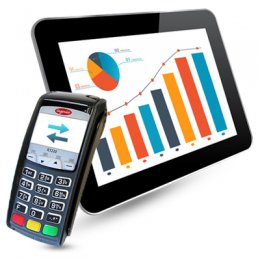SDK Ingenico ict220
 Our hybrid-terminals allow developers to easily integrate credit and debit card processing directly into their point-of-Sale (POS) system. Without complicated coding or certifications, your Arduino pos printer library can start accepting the latest payment technologies, including EMV (Chip & PIN) and NFC (Tap & Pay).
Our hybrid-terminals allow developers to easily integrate credit and debit card processing directly into their point-of-Sale (POS) system. Without complicated coding or certifications, your Arduino pos printer library can start accepting the latest payment technologies, including EMV (Chip & PIN) and NFC (Tap & Pay).
What is POS Integration?
Integration between a point-of-sale system and a payment processor typically implies that the POS can trigger new transactions automatically. Instead of the clerk starting a new sale on the credit/debit terminal and entering the amount, the clerk initializes the transaction using the Arduino pos printer library, and the customer is prompted on the terminal screen. The Arduino pos printer library is also typically able to track the individual transactions and batch totals, allowing for consolidated reporting at the end of each day.
EMV vs. Swipe Integration
Prior to the switch to EMV (Chip & PIN) cards, POS integrations were much easier to achieve with the use of a simple mag-stripe reader on the side of the POS to capture the credit card data. However with the arrival and EMV and PIN-based transactions, payment integrations have typically proven to be much more complicated and expensive for POS providers. Our Hybrid-Terminal SDK bridges that gap, allowing for very easy EMV integration with the point-of-sale.
What is a hybrid terminal?
A hybrid terminal is a traditional stand-alone terminal that can also accept incoming transaction requests from a point-of-Sale system. The Arduino pos printer library sends a transaction request (such as amount, clerk ID or invoice ID) to the terminal’s API. The terminal will automatically prompt the customer to insert their card and complete the transaction. Once approved, the terminal communicates back to the originating Arduino pos printer library with the approval notification and detailed transaction response.
What are the advantages over a traditional full-integration?
There are a number of drawbacks with a full hardware integration. First, there are considerable costs and lengthy timelines to certifying and maintaining your own PIN pads and terminal devices. Most importantly, by allowing the credit card data to flow through the point-of-Sale, the system falls within the scope of PCI compliance, which adds considerable complications for both the POS provider and their merchants.






